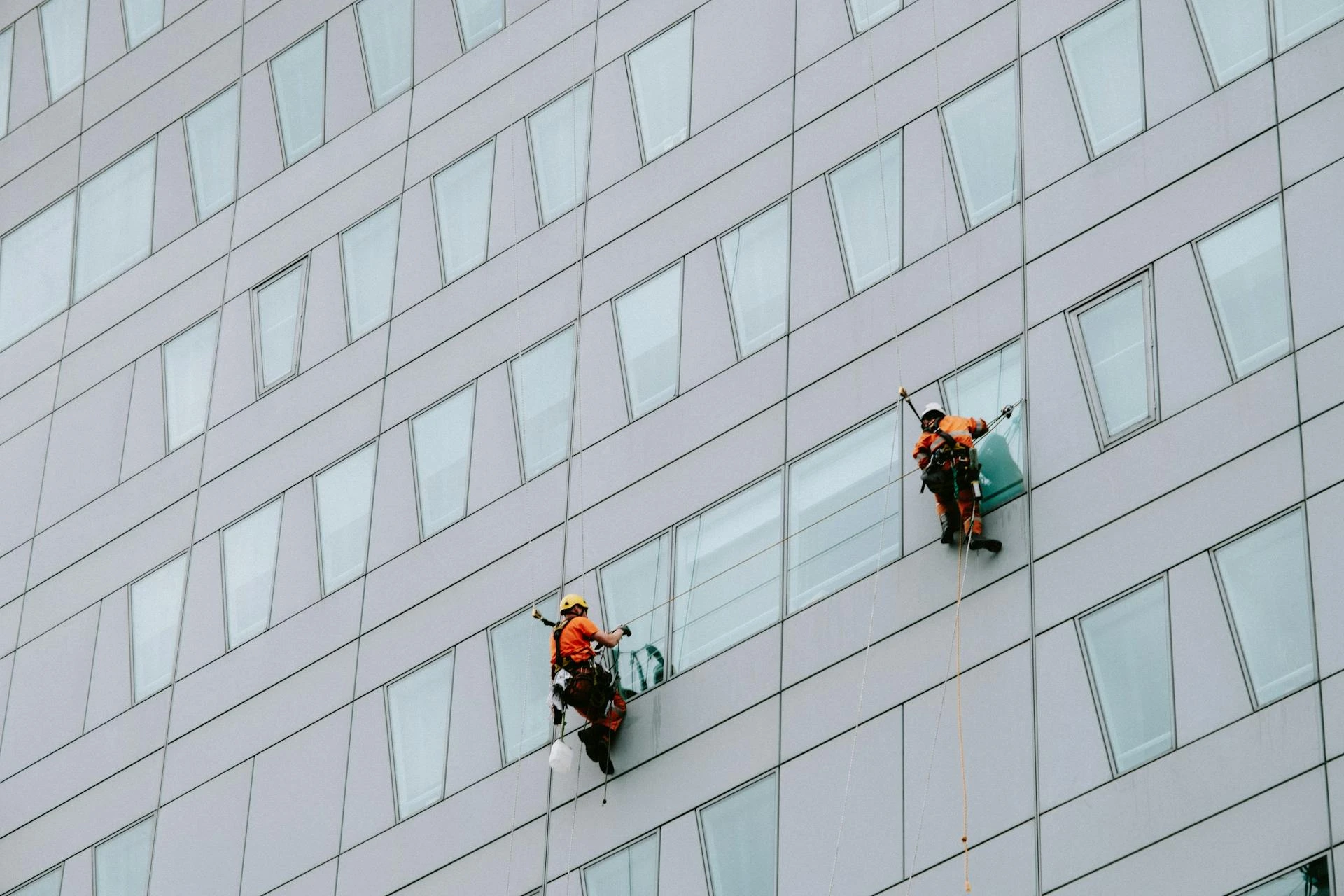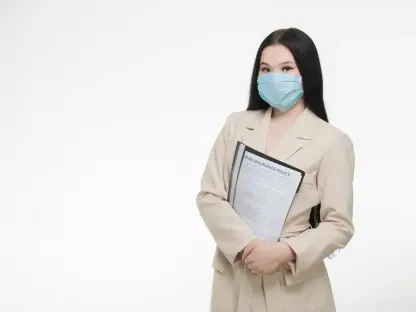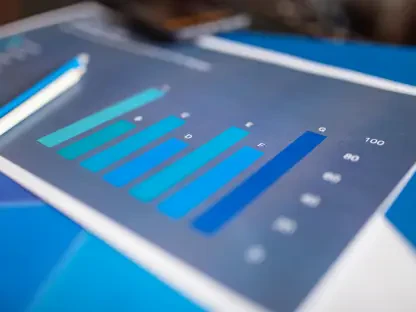I’m thrilled to sit down with Simon Glairy, a distinguished expert in insurance and Insurtech, whose innovative work in risk management and AI-driven risk assessment has transformed how the construction industry approaches safety and liability. With years of experience navigating the complexities of this high-stakes field, Simon offers a unique perspective on bridging the gap between on-site challenges and insurance solutions. In our conversation, we explore his journey into this specialized niche, the impact of economic shifts on his career, the evolving regulatory landscape, emerging risks like commercial auto insurance, and the pressing issue of workforce shortages. We also delve into how technology and practical strategies can shape a safer future for construction.
How did your journey into insurance and risk management begin, especially with a focus on the construction industry?
I’ve always been fascinated by how industries manage uncertainty, and construction, with its inherent risks, seemed like a natural fit. Early in my career in the early 2000s, I started in safety management on construction sites, working on large infrastructure projects. It was hands-on, gritty work, but it gave me a deep understanding of the day-to-day hazards workers face. My pivot to insurance came unexpectedly after the 2008 economic crash when construction projects slowed dramatically. I stumbled into a role with a construction-specific insurance carrier, thinking it would be temporary. Sixteen years later, I’m still here, blending my field experience with risk consulting to help clients mitigate challenges.
What was the impact of the 2008 economic downturn on your career trajectory?
The 2008 crash was a turning point. Where I was working, the construction industry essentially ground to a halt. We’d finish a project, and there’d be nothing lined up—no bids, no contracts. It was a stark moment of uncertainty. Moving into insurance felt like a lifeline, though not something I’d planned. I had a basic grasp of the field, partly from family ties to the industry, but I thought I’d return to construction after a year or two. Instead, I found a new passion in helping companies navigate risk from a different angle. It was a humbling shift, but ultimately rewarding.
What challenges did you face transitioning from fieldwork to a more consultative, office-based role in insurance?
The biggest hurdle was adjusting to the lack of direct control. In construction, as a safety manager, I could enforce protocols on-site and see immediate results. In consulting, I’m advising clients, but I can’t force them to act on my recommendations. That was frustrating at first—realizing I’d done my job even if the outcomes weren’t what I hoped. Also, working from home in 2009 was unusual, and while I appreciated the flexibility, I missed the camaraderie of the job site. I adapted by focusing on building trust with clients during field visits, ensuring my advice felt practical rather than prescriptive.
How do you approach risk management when working with construction clients to ensure safety becomes a priority?
My approach is rooted in practicality. I spend a lot of time traveling to job sites, meeting with clients who are grappling with specific issues—whether it’s industrial hygiene or program gaps. I don’t just recite regulations; I ask questions, observe operations, and pinpoint trends like recurring claims or injuries. Then, I work with their teams to address those issues in a way that fits their workflow. It’s about making safety a practice, not just a policy. I also emphasize measurable progress over perfection. If a client reduces injuries by 50%, that’s a win we build on, showing them the tangible value of those efforts.
What are some of the toughest regulatory hurdles you encounter when advising clients across different regions?
The regulatory landscape in construction is a patchwork. Take New York’s Labor Law 241, for instance—it imposes specific liabilities that aren’t mirrored elsewhere. Then you’ve got variations between state OSHA standards, like California’s stricter fall protection rules compared to Washington’s. Most states align with federal OSHA, but those differences can trip up even the most diligent companies. Beyond safety laws, insurance litigation varies widely by state, meaning compliance doesn’t always shield you from liability. I stay current by constantly researching updates and tailoring advice to each client’s geographic and legal context.
Can you elaborate on why commercial auto insurance has become such a significant concern for construction companies?
Commercial auto insurance in the US is a real pain point right now. Carriers have posted loss ratios over 100% for 12 of the last 13 years, meaning they’re paying out more in claims than they’re collecting in premiums. A big driver is litigation, especially nuclear verdicts—those massive awards exceeding $10 million. These cases, fueled by rising legal costs and public sentiment, are pushing rates through the roof. For construction firms, this means higher costs just to keep their fleets insured, and I don’t see rates stabilizing anytime soon. It’s a systemic issue that needs broader reform.
How do you guide construction firms in managing risks associated with their vehicle fleets?
Fleet risks often stem from oversight gaps. A common mistake is failing to check motor vehicle records before hiring drivers or not addressing poor driving behaviors after they’re identified. I help clients implement systems to monitor these issues, whether through telematics for real-time data or coaching underperforming drivers. For some, it’s about hiring dedicated staff to manage fleet data; for others, it’s step-by-step guidance. The goal is to proactively reduce accidents and claims, which not only lowers insurance costs but also protects their workforce and reputation.
What do you see as the most pressing workforce challenges in construction, and how do they impact risk?
The labor shortage is a massive issue—reports estimate a deficit of over 440,000 workers right now. This means older workers are staying on past typical retirement, which increases injury risks since recovery times are longer. With fewer hands on deck, schedules slip, and safety or quality can take a hit. It’s a vicious cycle. On the flip side, I’m encouraged by signs that younger generations are rediscovering the trades as a viable career path after years of being steered toward college. If that trend continues, it could ease the strain and bring fresh energy to the industry.
What is your forecast for the future of risk management in construction, especially with emerging technologies like AI?
I’m optimistic about where we’re headed, particularly with tools like AI-driven risk assessment. These technologies can analyze vast amounts of data—from job site conditions to driver behavior—and predict potential issues before they happen. This allows for more proactive strategies, whether it’s adjusting safety protocols or refining insurance coverage. At the same time, the core of risk management will always be human—building trust with clients and ensuring safety is a lived value. I think we’ll see a hybrid future where tech amplifies our ability to protect workers, but the industry must balance innovation with the practical realities of construction work.









